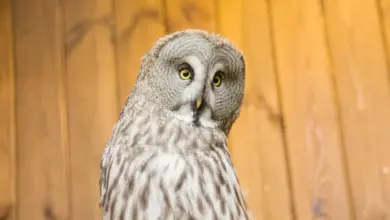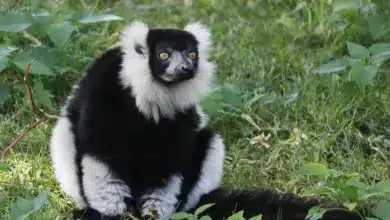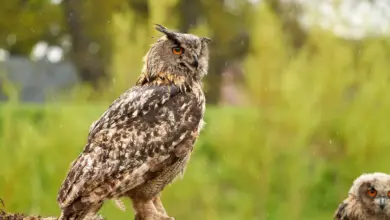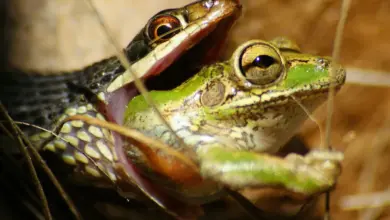Most rain forests have a number of primate species climbing through the forest canopy or foraging on the forest floor. Primates are apes—chimpanzees, gorillas, orangutans, gibbons and, yes, humans—as well as monkeys, of which there are more than 260 species around the world, and prosimians, the largest group of which is made up of the lemurs of Madagascar, a large island off the southeast coast of Africa.
[ez-toc]
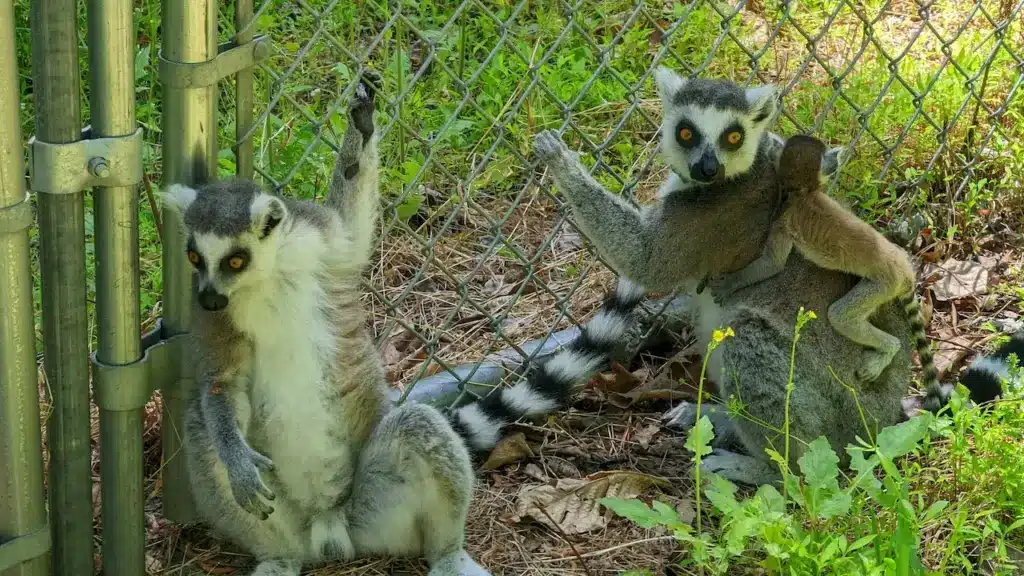
Rain Forest Apes: Chimpanzees, Gorillas, Orangutans And Gibbons
Apes are generally larger than monkeys, have no tails and, as they are closely related to humans, are considered to be more highly evolved. The 14 species of gibbon are called “lesser apes,” with gorillas, orangutans, chimps, bonobos and humans enjoying the title of “great apes.”
All apes except for humans live exclusively in or near tropical rain forests. Gorillas, chimpanzees and bonobos (chimp-like, but considered by many scientists to be a separate species) live in the belt of tropical rain forest that girdles central Africa. Some chimps live on tropical grasslands (savannas) adjacent to rainforests.
Orangutans are found only on Borneo and Sumatra, two large islands off the coast of southern Asia. Most of both islands comprise part of Indonesia, although part of Borneo belongs to Malaysia.
Gibbons can be found brachiating—swinging by their long arms—through the treetops of Southeast Asian rainforests. They almost never climb down to the forest floor.
No apes live are native to the Americas.
Rain Forest Monkeys
Monkeys are divided between New World monkeys (South and Central America) and Old World (African and Asian) monkeys. Most New World monkeys—squirrel monkeys, spider monkeys and capuchin monkeys, for instance—have “prehensile” tails which they use as a fifth arm or leg for wrapping around tree branches.
Many Old World monkeys—the baboons and mandrills of Africa; the rhesus monkeys of India—are larger than New World monkeys. In fact, Old World monkeys are more closely related to apes than they are to their distant South and Central American cousins. Old World monkeys do not have prehensile tails; some do not have tails at all.
Rain Forest Prosimians (Lemurs)
Millions of years ago, before there were monkeys and apes on the planet, prosimians swarmed through rainforest treetops everywhere. Then monkeys evolved and outcompeted the prosimians, most of which went extinct as a result. But because the Island of Madagascar has no monkeys or apes, dozens of lemur species still thrive there—or they would be thriving if hunting and habitat loss caused by humans were not driving most of them toward extinction. A few non-lemur prosimians have managed to hang on beyond the confines of Madagascar, including the bush baby or galago of continental Africa and the tarsiers of Indonesia and other islands off the southern coast of Asia.
The Rain Forest Food Web: Primate Diet
Primates are omnivorous: While the bulk of their diet consists of fruits, leaves and other plant material, most species will also eat insects, spiders, bird’s eggs and occasionally even larger prey, such as rodents. Chimpanzees have been known to hunt, kill and eat full-grown colobus monkeys.
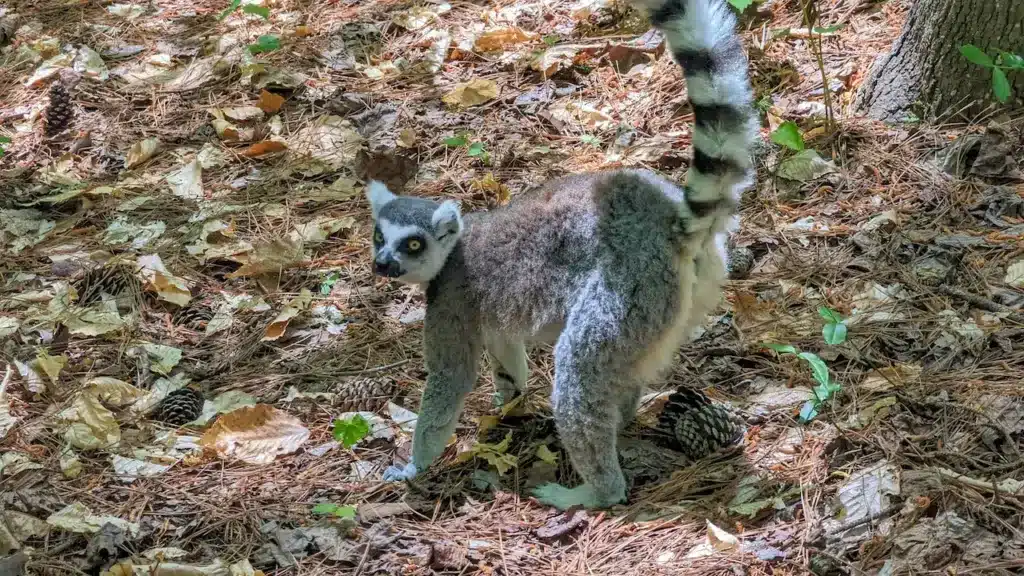
The Rain Forest Food Web: Primate Predators
Rainforest primates have plenty of rainforest predators. In fact, any of the top predators in the rainforest food web will gladly eat a primate whenever they get the chance. Caimans and crocodiles grab them when they are near the water. Huge rainforest snakes get them when they are on the ground—or climb trees to attack them high above the rain forest floor. Some rainforest eagles specialize in preying on monkeys. And the big cats—tigers, leopards, pumas and jaguars—regularly kill monkeys and apes that share their habitat. However, a full-grown ape is a powerful creature, and has less to fear from a leopard than does a juvenile or baby animal.
A tiger, on the other hand, would probably kill any orangutan it could get its claws on. Fortunately for orangutans, they climb trees very well, while tigers don’t climb at all.
